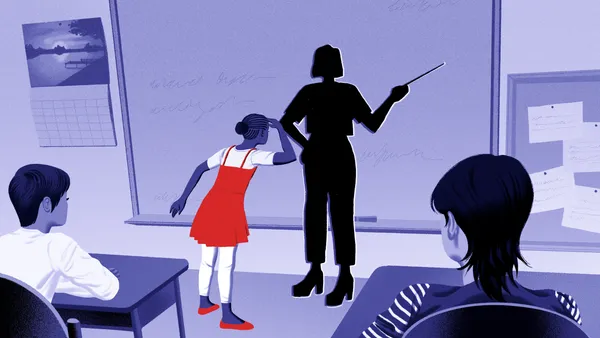Public education funding should be reformed to provide automatic federal support for schools during economic downturns, according to a July 12 report from the Economic Policy Institute, a nonprofit, nonpartisan think tank.
Federal investments made when the economy is stressed can help provide equitable educational opportunities and safeguard school budgets during recessions, the report said.
“For too long in this country, we have normalized the practice of underinvesting in education while expecting that schools would still function well (or at least moderately well),” the report’s authors said in a statement. “We have also accepted the disproportionate burden that economic recessions place on public schools and students. These norms are very costly — to individuals and to society — and they shortchange our country’s potential.”
The report cited several factors for the need to overhaul school funding systems:
- Funding inadequacies. Schools have a tough time recovering from economic downturns. For example, after the start of the Great Recession in 2007, education funding fell and did not return to pre-recession levels until 2015-16. For high-poverty school districts, it took even longer — until 2016–2017 — to return to pre-recession revenue levels.
- Funding inequities. High-poverty districts get less funding per student than low-poverty districts, the EPI report said. Per-student revenues by district poverty level in 2017-18 show, for instance, a 14.1% gap in revenue between high-poverty districts ($16,570) and low-poverty districts ($19,280).
- Unequal spending. Per-pupil expenditures are also weighted toward wealthier districts, averaging $14,030 in high-poverty districts versus $15,910 in low-poverty districts. That amounted to an 11.8% gap.
- Too much reliance on local, state funding. More than 90% of public education funding comes from local and state resources, making school funding more vulnerable to economic pressures during recessions. Schools in Vermont, for instance, received 89.9% of their funding from state resources in 2017-18, compared to 47.1% in Arizona.
In a statement about the report, EPI also warned that competition for local funding for schools could worsen because of a recent U.S. Supreme Court ruling permitting state public funding for education to go to religious schools. In the June 21 decision in Carson v. Makin, the Supreme Court struck down a public tuition subsidy program that excluded religious schools, saying it discriminated against families who wanted their children to have a faith-based education.











